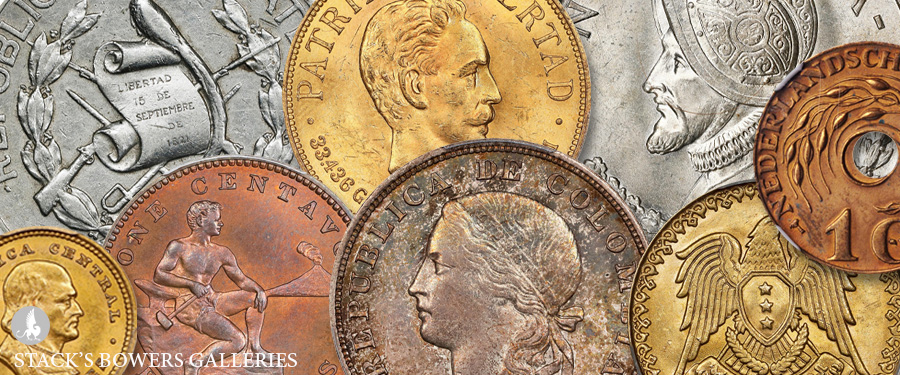
On January 29, 1874, 150 years ago this week, Congress authorized the Mint to produce coinage for other countries, kicking off more than a century of diverse issues which began with coins struck for Venezuela in 1876. The legislation gave this authorization, so long as the practice did not interfere with the production of domestic coinage.
World interest in the Mint’s new offering began to materialize in relatively short order. According to the June 30, 1874 Mint Director’s Report, “applications for the execution of certain coinages have been received from two governments, and are now under consideration by the proper authority.”
Between 1874 and 1983 (when it produced its last regular issue world coins), the U.S. Mint produced more than 1,000 different issues for countries across the world. World coins were struck at the Philadelphia, Denver, San Francisco, and New Orleans Mints. A number of firsts for the U.S. Mint stud this series: the first hexagonal coin (for the Congo, dated 1943), the smallest-diameter coin (the “Panama Pill” 2 ½ centesimo coin of 1904), and the first issued holed coin (Siam – present-day Thailand, 1918); the U.S. Mint produced holed pattern coins in the 19th century but, to the best of this blog writer’s knowledge, neither produced nor issued any of them for circulation.
As the 20th century waned, so did the U.S. Mint’s world coin production. The last issues, in 1983, were Panamanian one centesimo through half balboa coins. A fleeting revival of the practice occurred in 2000, when the U.S. Mint produced a commemorative silver dollar for a set honoring Leif Erikson issued jointly with Iceland.
Private U.S. firms also produced coinage for other countries, notably the Franklin Mint, which produced coinage for Panama and a number of small island nations in the 1970s and 1980s.





